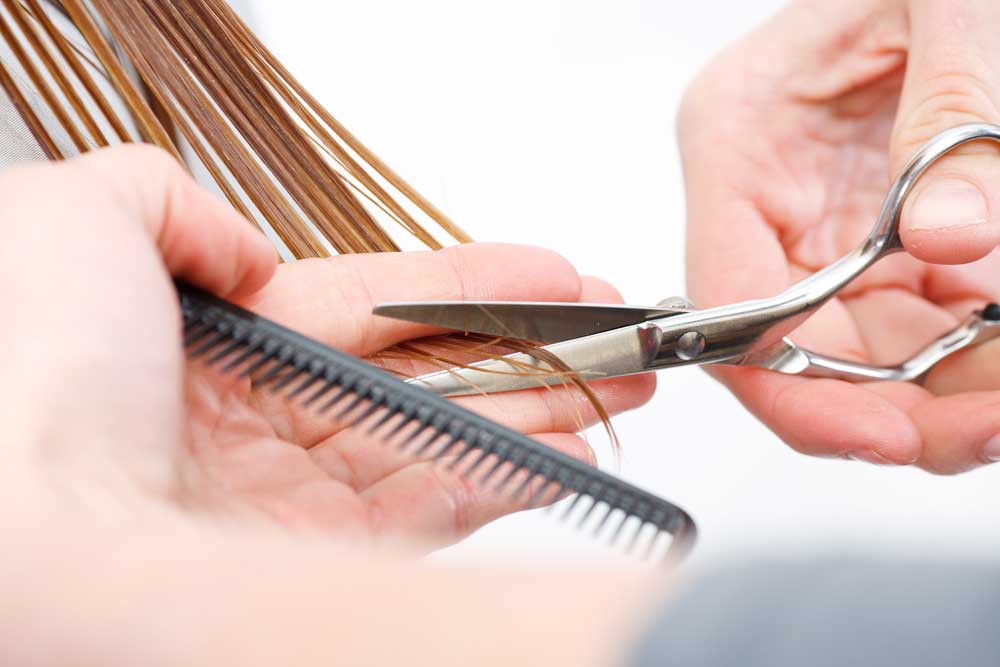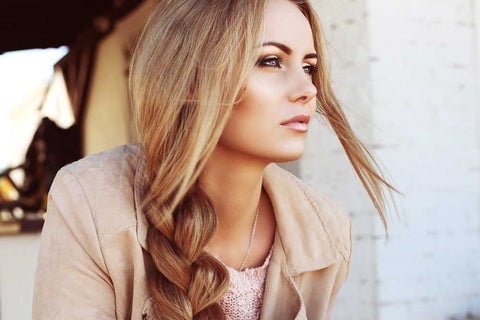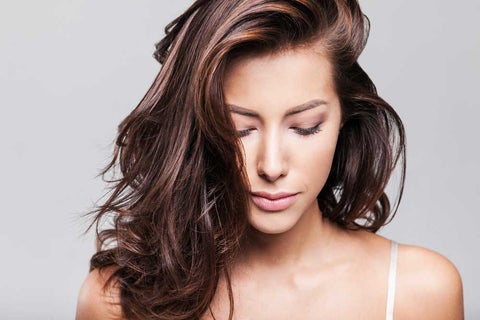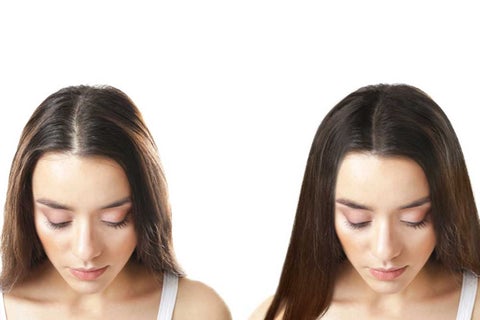Hair Shedding | Hair Loss | Wigs | Toppers | Maintenance&Styling
Hairstyles for Hair Loss & Traction Alopecia

Discovering signs of traction alopecia can be incredibly stressful. The frustration of dealing with thinning hair, visible scalp areas, and the fear of further damage can leave you feeling overwhelmed. Finding ways to style your hair without worsening the issue can seem like an impossible challenge.
At Daniel Alain, we’ve spent decades helping individuals navigate the challenges of hair loss with compassion and expertise. From crafting premium human hair wigs and toppers to developing innovative solutions like INTACT 5, we’re dedicated to providing the tools, knowledge, and support you need to protect and restore your hair’s health.
In this article, we'll share some tips to style your hair while recovering from traction alopecia. From protective hairstyles and clever tricks to cover thinning areas, to insights on products that minimize damage and promote healthy regrowth, we’ve got you covered. By the end, you’ll feel empowered with solutions to regain your confidence and care for your hair.
BEST HAIRSTYLE FOR TRACTION ALOPECIA SUFFERERS
First and foremost, it is best to give your hair and scalp a break from tension and pulling as this is what causes damage to the hair follicle. Opting for protective hairstyles for traction alopecia can help. This means choosing styles that allow hair to be natural and loose and foregoing tight ponytails, buns, braids or hair extensions. Following are some hairstyles and practices that can help hide traction alopecia and minimize repeat insult to the hair follicles.
Here are some gentle and stylish hairstyles designed to help conceal areas affected by traction alopecia while minimizing tension on your hair and scalp. These options not only protect your hair follicles but also allow you to feel confident and comfortable as your hair recovers.
Layered Bob

Wearing hair loose and natural in a layered bob gives freedom of movement and avoids tension and pulling. When hair is cut shorter, it can also help give the appearance of more volume as the hair is not weighed down so much. In addition, a bob can help minimize the feeling of wanting to pull your hair up high, tight and away from the face.
Loose Braid

If you opt to keep your hair medium to long in length, a low and loose braid is the perfect way to keep hair pulled back without excessive tension. Allowing some pieces to fall loose and frame the face is a good way to cover up thinning spots along the hairline. Start the braid low without using a hair tie at the nape of the neck and use the long handle of rat tail comb to help loosen hair on the head, keeping it from being pulled too tight. The key is to avoid any pulling and tension.
Bangs

Bangs can be fun, playful and stylish - plus they offer the perfect solution to hiding a receding hairline or covering up thinning around the forehead. Bangs will also help protect any new growth along the hairline as the follicles begin to recover.
Change Up Your Parts

Simply moving your hair part can help hide traction alopecia and give hair a break. If you wear your hair parted on the left, then switch your part to the right or opt for a middle part. If you prefer to keep your hair parted on the same side, try moving it left or right just a half inch to ease up on tension and pulling.
Scarves & Hats

Accessorizing with scarves and hats can help cover up traction alopecia thinning and exposed scalp areas while giving hair follicles a much needed break from pulling and tension. Hats can provide a quick, stylish fix when you are stepping out of the house. Remember to wear scarves loose as you don't want to create friction at the hairline.
Hair Fibers & Powders

If you have areas where you see a lot of exposed scalp and/or tiny broken hairs, you can use hair fibers or apply hair powders to create the appearance of more density. Theses temporary cosmetic fixes work well at the temples and along the hairline, and can also help make a wider part appear more narrow and less noticeable.
CAN TRACTION ALOPECIA BE REVERSED?
So long as you catch traction alopecia early, before permanent damage is done to the hair follicles, you absolutely can reverse traction alopecia. The key is to immediately stop repeatedly wearing hair pulled back and tight. Wearing hair natural and loose will give the compromised hair follicles a break from tension and allow the natural growth cycle to resume and new growth to come in. Be patience and select hairstyles to hide alopecia. It can take several months for your scalp and hair to recover. Incorporating tips and tricks, or changing your hairstyle can help bridge the time.
INTACT 5 - ANTI HAIR SHEDDING TREATMENT
Your hair and scalp will remain vulnerable as you recover from traction alopecia. It's important to take care of your hair and yourself by using gentle hair care methods, eating healthy and managing stress. Using INTACT 5 can help protect the hair and resist pulling and tension during routine washing, brushing and styling.
Let INTACT 5 be your first line of defense when reversing traction alopecia. INTACT 5 helps minimize hair loss from pulling and tension on the hair follicles. INTACT 5 activates in just 5 minutes and lasts for hours to help protect your hair when it's most vulnerable.


